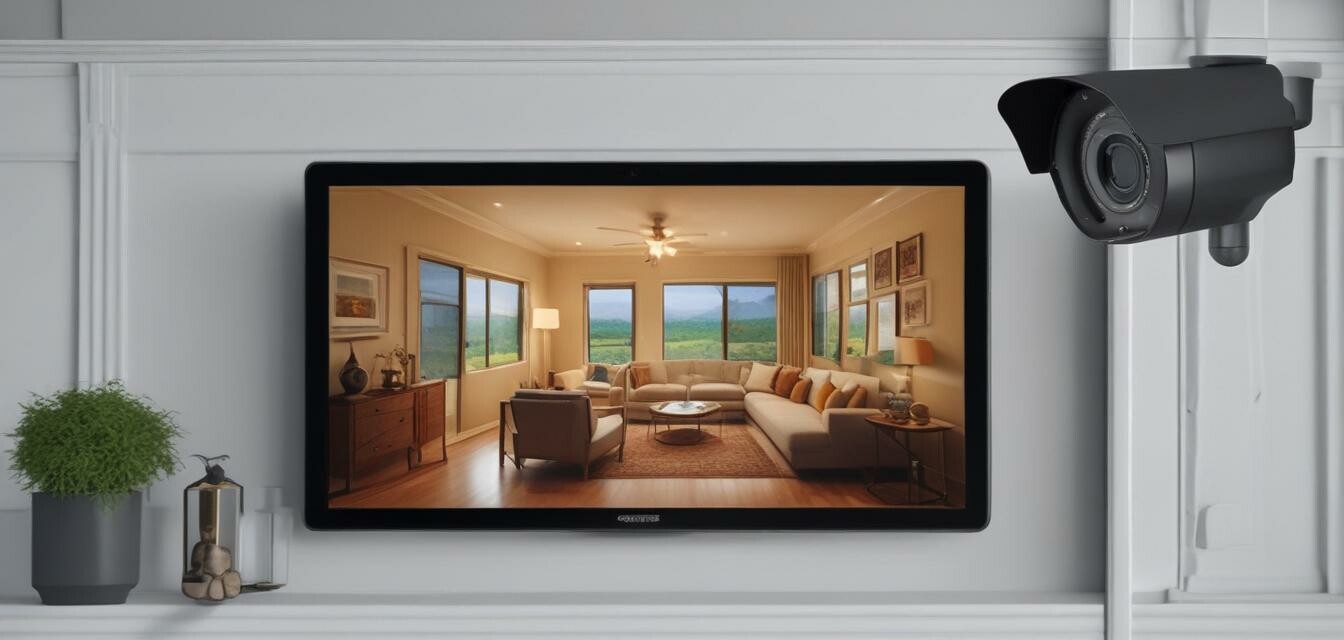
How to Maintain Your Home Security System
Key Takeaways
- Regular maintenance ensures the longevity and effectiveness of your security system.
- Updating software and firmware helps protect against vulnerabilities.
- Routine checks on cameras, sensors, and alarms are essential for optimal performance.
- Document any changes or repairs for future reference.
Maintaining your home security system is crucial to keep your property safe and secure. Just like any other technology, security systems need regular checks and updates to function at their best. In this guide, we’ll cover best practices to ensure that your system remains effective and protected against potential threats.
Understand your security system
Before diving into maintenance tips, it's essential to know what components make up your system. Here are the primary elements:
| Component | Description |
|---|---|
| Security Cameras | Devices that monitor your home and record activities. |
| Motion Sensors | Detects movement and alerts you or the monitoring service. |
| Security Alarms | Provides alerts for unauthorized access to your home. |
| Control Panel | The hub that connects all components and allows communication. |
Main maintenance tips for your security system
To keep your security system in prime condition, implement the following practices:
- Regularly clean your cameras: Dust and debris can obstruct the lens, affecting image quality.
- Check device batteries: Replace them according to the manufacturer's recommendations, typically every 6-12 months.
- Test your alarms and sensors: Perform routine tests to ensure they respond appropriately.
- Update firmware: Manufacturers frequently release updates to enhance performance and security. Check for updates at least quarterly.
- Inspect wiring: Ensure there are no frayed cables or damaged connections, which can compromise the system.
Creating a maintenance schedule
Developing a structured maintenance schedule allows for consistent checks. Consider using the following frequency:
| Task | Frequency |
|---|---|
| Clean cameras | Monthly |
| Test alarms/sensors | Quarterly |
| Battery replacement | Every 6-12 months |
| Firmware updates | Every 3 months |
Be proactive about security updates
In addition to routine tasks, always stay informed about the latest security technologies. Regularly review changes in the security landscape that could affect your system:
- Follow security technology trends on our Latest Security Technology Trends blog.
- Consider any new products that may provide additional security benefits.
- Ensure that your monitoring service is up-to-date with the latest software.
Staying organized with documentation
Keeping track of all maintenance activities can prevent confusion and identify issues early. Here’s how:
- Create a maintenance log to track dates of cleaning, updates, and repairs.
- Note any issues and their resolutions to recognize patterns.
- Save any manuals or instructional documents provided by the manufacturer.
Conclusion
A home security system is an investment in peace of mind. Regular maintenance and updates not only prolong the life of the system but also maintain its effectiveness in securing your home. By implementing the tips provided in this article, you can ensure that your home remains safe and secure for you and your loved ones.
Tips for beginners
- Start small; focus on familiarizing yourself with your security devices.
- Follow manufacturer guidelines carefully to optimize your system's setup.
- Don’t hesitate to seek help from professionals if you encounter complex issues.
- Regularly review your security needs; families grow, and so should your security measures!
Pros
- Enhances safety for your family and property.
- Can lower insurance premiums with proof of an effective system.
- Offers peace of mind knowing your home is protected.
Cons
- Requires ongoing investment of time and money.
- Can be complex to manage, especially with multiple devices.
- Potential false alarms may lead to unnecessary disturbances.
